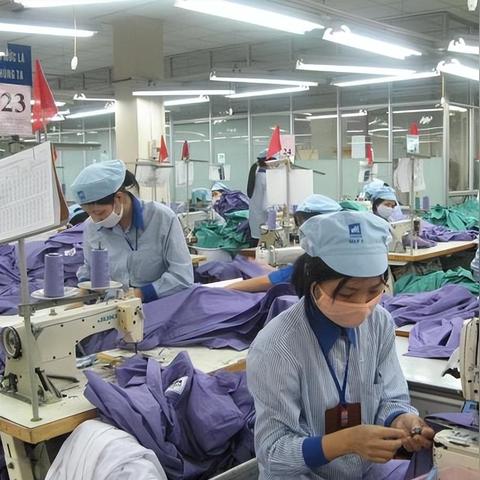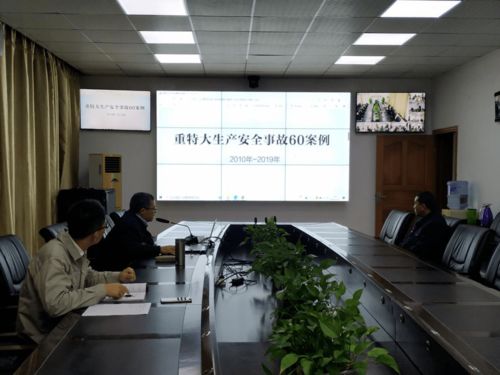Textiles Course Design Report
: Textiles Course Design Report,Abstract:,This report presents an innovative textiles course design that aims to enhance students' practical skills and critical thinking abilities. The course is structured around a blend of theoretical knowledge and hands-on activities, incorporating cutting-edge technologies and industry standards. Students will engage in projects that simulate real-world scenarios, allowing them to apply their learning in a holistic manner. The course also includes guest lectures from industry experts, providing insights into the latest trends and challenges in the textile industry. By the end of the semester, students will have developed a deep understanding of textile materials, production processes, and design principles, as well as gained valuable experience in project management and team collaboration. This report details the course objectives, content outline, pedagogical approach, assessment methods, and potential outcomes for the textiles course.
Introduction: In today's globalized world, textiles play a crucial role in the production of clothing, home furnishings, and other materials that are essential for daily life. As such, it is essential to understand the principles and techniques involved in designing textiles. This report will provide an overview of the textile course design, including the objectives, content, and assessment methods. Additionally, it will include a case study to demonstrate the application of the course material.
Objectives: The primary objective of the textiles course is to equip students with the knowledge and skills necessary to design and produce high-quality textile products. The course aims to cover the following key areas:
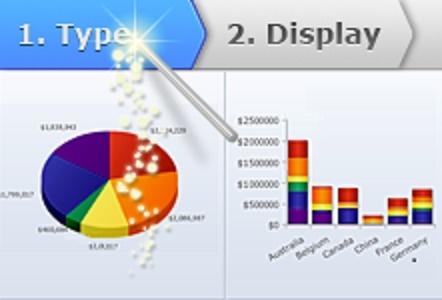
-
Textile Science and Technology: Students will learn about the various materials used in textile production, including fibers, yarns, and fabrics. They will also explore the principles of color, pattern, and texture development.
-
Textile Design: Students will develop their creativity and technical skills by learning how to sketch, draft, and create patterns for textile products. They will also learn about the different types of stitches used in textile construction.
-
Production Techniques: Students will gain practical experience by learning about the various production processes involved in textile manufacturing, including weaving, knitting, and sewing.
-
Quality Control: Students will learn about the importance of quality control in textile production and how to ensure that their designs meet industry standards.
-
Market Insight: Students will explore the market trends and consumer preferences for textile products, as well as how to analyze data and make informed decisions about product design and marketing.
Content: The textiles course will cover the following topics:
Textile Science and Technology:
- Fibers and Yarns: Understanding the properties of different types of fibers and yarns.
- Fabrics: Learning about the different types of fabrics and their applications.
- Color: Mastering the principles of color mixing and developing vibrant and harmonious designs.
- Pattern Development: Exploring the techniques for creating unique and visually appealing patterns.
- Stitching: Understanding the different types of stitches used in textile construction and their applications.
Textile Design:
- Sketching: Developing a strong foundational drawing technique.
- Drafting: Learning how to convert sketches into accurate patterns.
- Pattern Making: Creating detailed patterns for garments and accessories.
- Stitching: Mastering the art of hand or machine stitching.
Production Techniques:
- Weaving: Exploring the process of creating woven fabrics from yarns.
- Knitting: Understanding the principles of knitting and producing knitted fabrics.
- Sewing: Mastering the art of seam construction and finishing techniques.
Quality Control:
- Inspection: Learning how to identify defects and correct them during the production process.
- Packaging: Understanding the importance of packaging and how it affects the overall quality of the product.
- Marketing: Analyzing market trends and consumer preferences to inform product design and marketing strategies.
Assessment Methods: The course will be assessed through a combination of formative and summative evaluations. Formative evaluations will include quizzes, assignments, and group projects, which will help instructors monitor student progress and provide feedback on their work. Summative evaluations will include final exams and projects, which will assess the overall understanding and application of the course material.
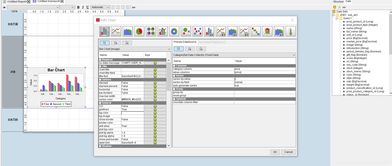
Case Study: To illustrate the application of the textiles course material, let's consider a case study involving a textile company seeking to design a new line of fashionable scarves. The company has identified a gap in the market for stylish yet affordable scarves that are both functional and aesthetically pleasing. The company's designers have gathered inspiration from various sources, including fashion magazines, social media platforms, and online marketplaces. They have also conducted market research to understand consumer preferences and trends.
Based on this information, the designers begin to sketch ideas for the scarf design, using the principles of pattern development and color coordination. They then draft detailed patterns for each design, incorporating the latest techniques in textile construction and stitching. The team works closely with the production department to ensure that the final products meet all quality control standards. Finally, they present their designs to the marketing team, who use market insights to refine their approach and create compelling messaging for the product.
Conclusion: In conclusion, the textiles course design reported here provides a comprehensive framework for equipping students with the knowledge and skills necessary to design and produce high-quality textile products. Through a combination of theoretical learning, practical experience, and market analysis, students will develop a deep understanding of textile science and technology, as well as the skills necessary to navigate the complex world of textile design and production. By the end of the course, students will be confident in their ability to create innovative and visually appealing textile designs that meet the needs of modern consumers.
课程背景与目标
本报告旨在探讨纺织品课程的设计理念、教学方法、教学内容以及实际应用,通过本次课程设计,旨在培养学生的纺织品设计能力,提高他们的创新意识和实践能力,通过案例分析,为纺织品行业的未来发展提供参考。
课程设计理念
-
理论与实践相结合:注重纺织品设计的理论知识和实践技能的结合,培养学生的创新思维和实践能力。
-
多元化教学方法:采用多种教学方法,包括案例分析、实践操作、小组讨论等,激发学生的学习兴趣和积极性。
-
实际应用为导向:注重纺织品课程的应用性,通过实际项目的设计和制作,提高学生的纺织品设计能力和应用能力。 与结构
-
纺织品基础知识:介绍纺织品的基本概念、分类、特点等。
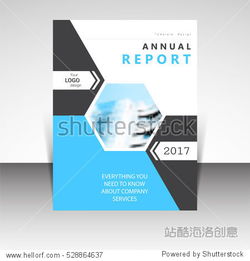
-
设计理论学习:学习纺织品设计的理论知识和方法,包括设计原则、设计流程等。
-
实践操作技能:通过实践操作技能的学习,掌握纺织品设计的实践技能。
-
案例分析:分析纺织品行业的成功案例,为学生提供参考和启示。
-
项目设计制作:通过实际项目的设计和制作,提高学生的纺织品设计能力和应用能力。
教学方法与手段
- 案例分析法:通过分析纺织品行业的成功案例,让学生了解纺织品行业的发展趋势和市场需求。
- 实践操作法:组织学生参与实际项目的设计和制作,提高学生的实践技能。
- 小组讨论法:组织学生进行小组讨论,培养学生的团队协作能力和沟通能力。
- 多媒体教学:利用多媒体教学资源,丰富教学手段,提高学生的学习兴趣和积极性。
课程实施过程
- 确定课程目标:根据学生的实际情况和市场需求,确定课程目标。
- 设计课程大纲:根据课程内容与结构,设计课程大纲。
- 组织教学团队:组建由专业教师组成的教学团队,负责课程的实施。
- 开展教学活动:采用多种教学方法和手段,开展教学活动。
- 实施项目制作:组织学生参与实际项目的设计和制作,提高学生的纺织品设计能力和应用能力。
课程效果评估
- 学生参与度评估:通过问卷调查等方式,评估学生的参与度和兴趣程度。
- 学生作品评估:对学生的作品进行评估,了解学生的设计能力和应用能力。
- 教师教学效果评估:通过学生反馈、同行评价等方式,评估教师的教学效果和教学方法的有效性。
- 行业应用效果评估:通过实际项目的应用效果,评估纺织品课程的实际应用价值。
案例说明
- 某品牌纺织品的设计案例:该品牌以环保、舒适为主要设计理念,采用天然纤维材料,设计出了一系列时尚、实用的纺织品产品,该案例展示了纺织品设计的创新性和实用性。
- 某行业成功案例分析:通过对某行业成功案例的分析,可以了解该行业的发展趋势和市场需求,为学生提供参考和启示,也可以了解该行业在纺织品设计中的应用和发展趋势。
- 实践操作技能展示:组织学生参与实际项目的设计和制作,展示他们的实践技能和团队协作能力,也可以让学生了解纺织品设计的实践过程和注意事项。
总结与展望
本纺织品课程设计报告通过对课程理念、内容、方法与手段等方面的探讨和实践,旨在培养学生的纺织品设计能力,提高他们的创新意识和实践能力,也为学生提供参考和启示,为纺织品行业的未来发展提供支持,随着纺织品的不断发展和创新,纺织品课程也需要不断更新和完善,以适应市场需求和发展趋势。
Articles related to the knowledge points of this article:
Textile Manufacturing Process Overview
Introduction to Textile Fireproof Testing

